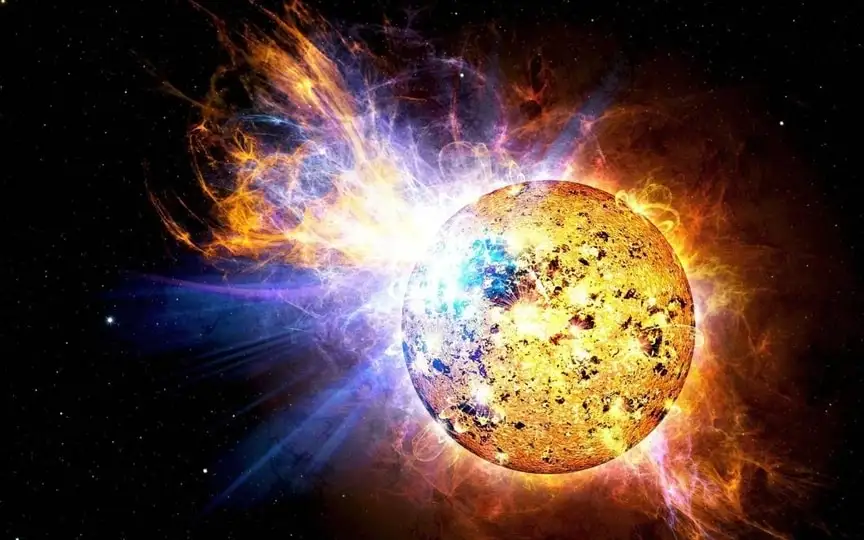NOAA Warns of Impending Solar Storm from Unstable Sunspot Targeting Earth
Although solar storms have not affected the Earth recently, radio blackouts have been occurring due to solar flare eruptions that emit extreme ultraviolet radiation towards our planet. Yesterday, an M2.5-class solar flare erupted, but since it was not directed towards Earth, there is currently no perceived threat. However, this is expected to change as an unstable sunspot called AR3450 has now emerged directly in front of our planet and is producing active solar flares. Experts in space weather anticipate that any explosions from this sunspot will have an impact on Earth. Additionally, the National Oceanic and Atmospheric Administration (NOAA) forecast models have predicted the possibility of a solar flare eruption today, October 3, which could result in significant solar storm activity on our planet.
SpaceWeather.com claimed that Earth is in the line of fire, “An unstable sunspot is directly facing Earth. AR3450 has a ‘beta-gamma’ magnetic field that contains the energy for M-class solar flares. According to NOAA, there is a 40 percent chance it will erupt today. If that’s right, the explosion is geopotent.”
This information is related to another report from Space Weather Live’s X account, which published an M1.9 flare from the same area last night. Although it was moderate, its intensity was not as high, and the transitional sunspot was still entering Earth’s view, meaning that any coronal mass ejection (CME), if any, would remain beyond Earth. But this highlights the high activity potential of the sunspot region.
A solar storm may soon hit Earth
For now, we’ll have to wait and see if NOAA’s prediction comes true and the sun actually breaks out today. With sunspots constantly moving in and out of Earth’s view, the window for a geopotential event is a few days at most.
If the flare erupts, it could send a CME to our planet, which could cause a powerful solar storm up to G3. Such solar storms can damage satellites and disrupt wireless communications such as Internet services, cell phone networks and GPS, but they can also disrupt the power grid and even disrupt electronics such as pacemakers on Earth.
How NASA SDO collects its data
NASA SDO has a complete set of instruments to observe the sun and has been doing so since 2010. It uses three very important instruments to collect data on various solar activities. They include the Helioseismic and Magnetic Imager (HMI), which measures high-resolution longitudinal and vector magnetic fields across the entire visible solar disk, the Extreme Ultraviolet Variability Experiment (EVE), which measures the sun’s extreme ultraviolet radiation, and the Atmospheric Imaging Assembly. AIA), which provides continuous full-disk observations of the solar chromosphere and corona in seven extreme ultraviolet (EUV) channels.
One more thing! ReturnByte is now on WhatsApp channels! Follow us by clicking on the link so that you never miss any updates from the world of technology. Click here to join now!




